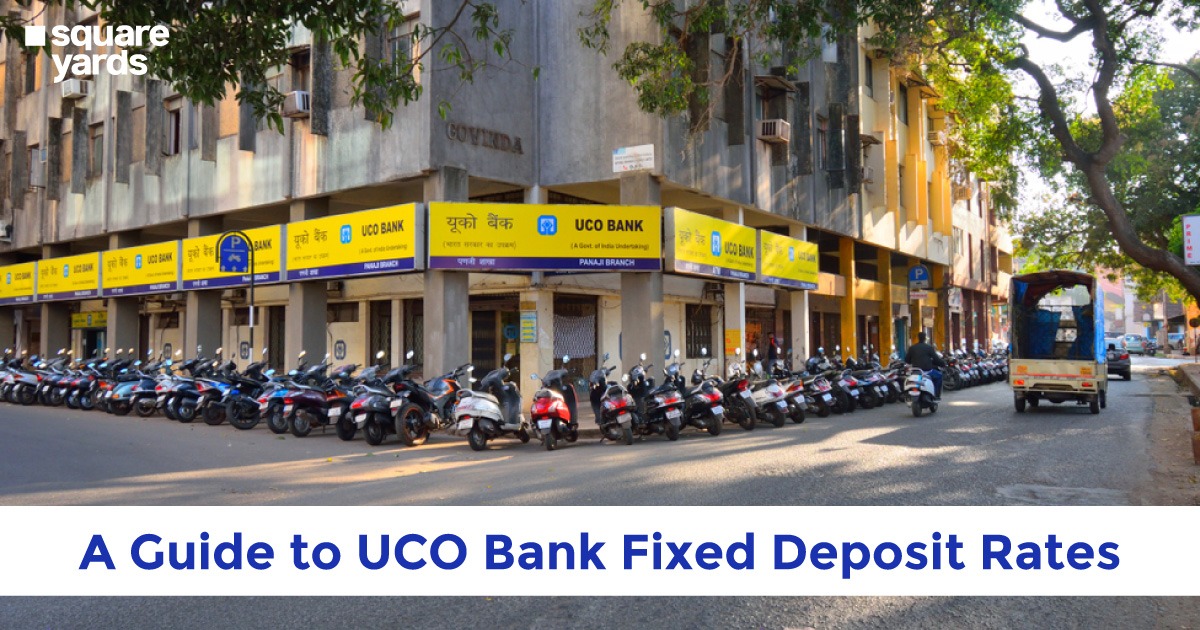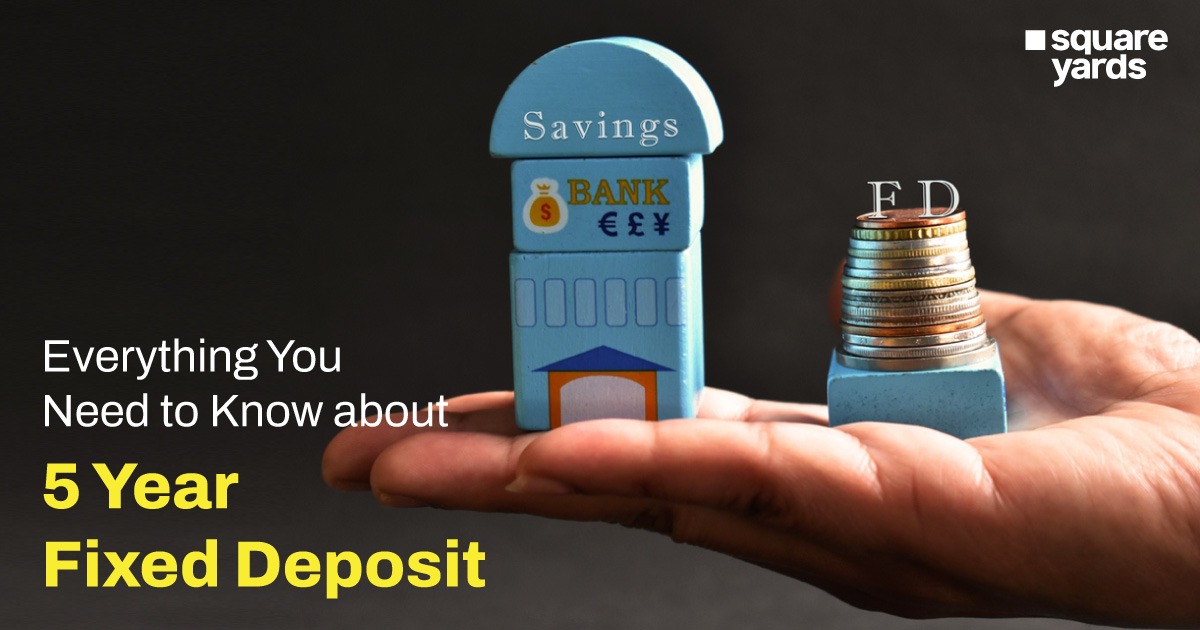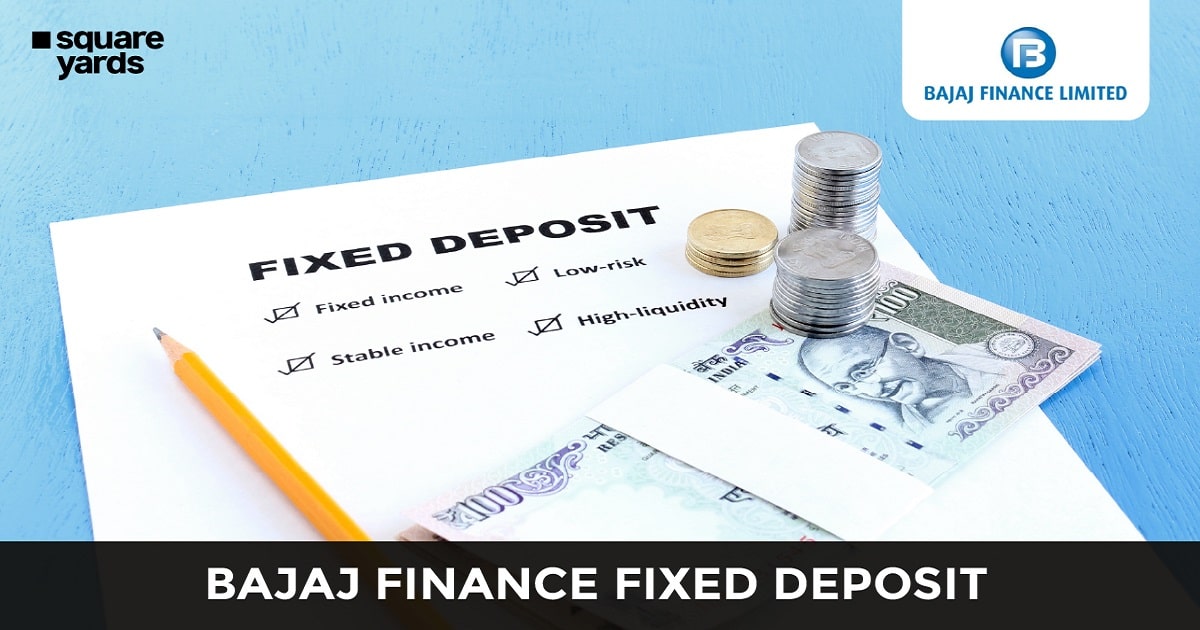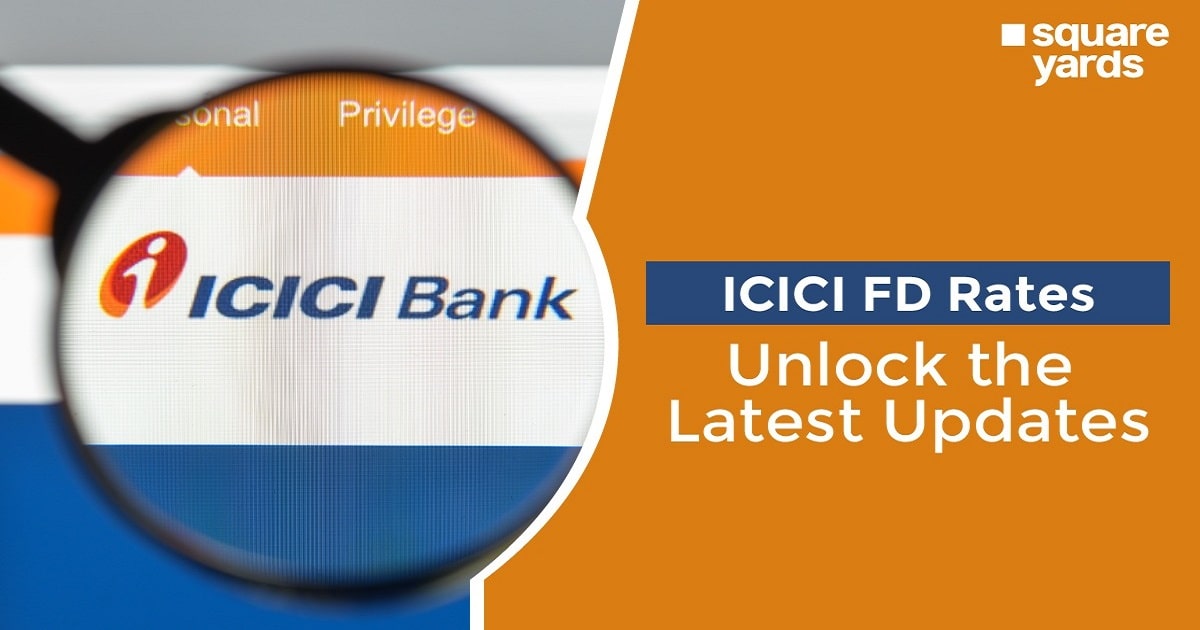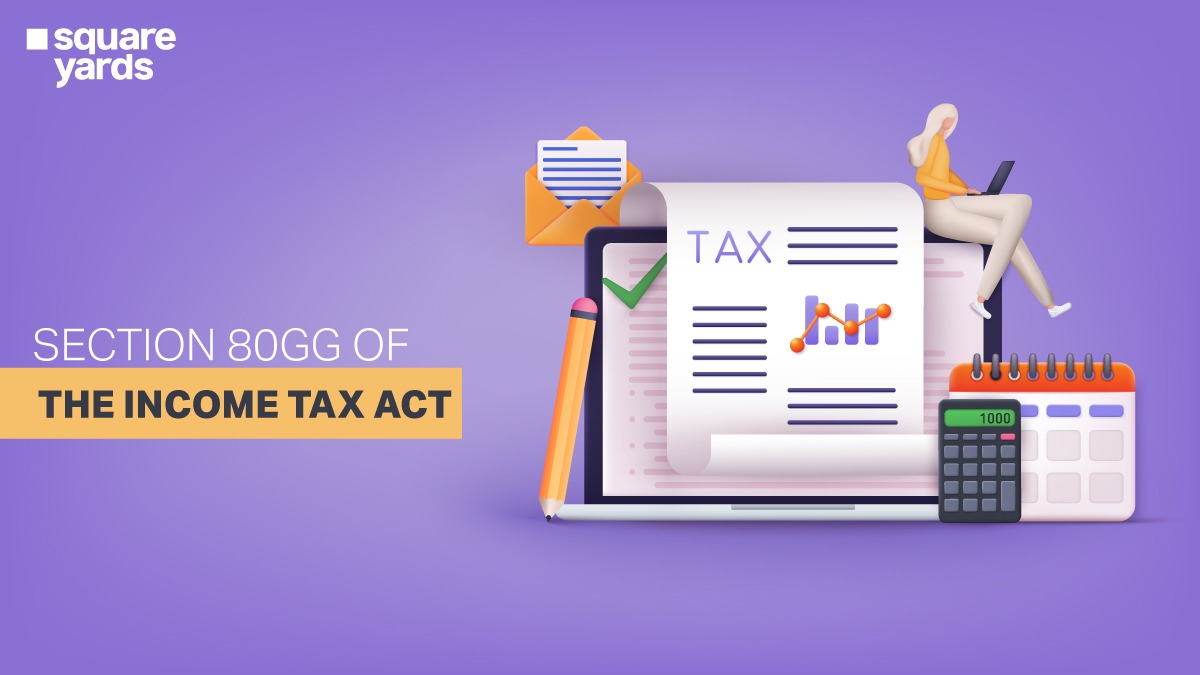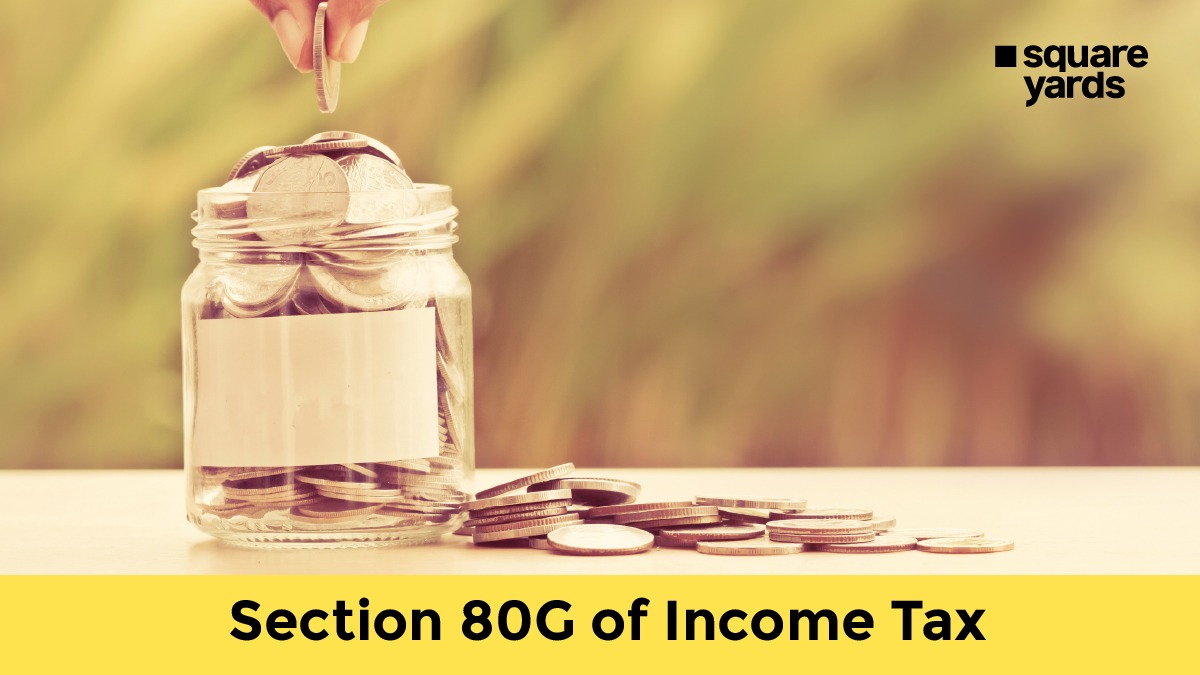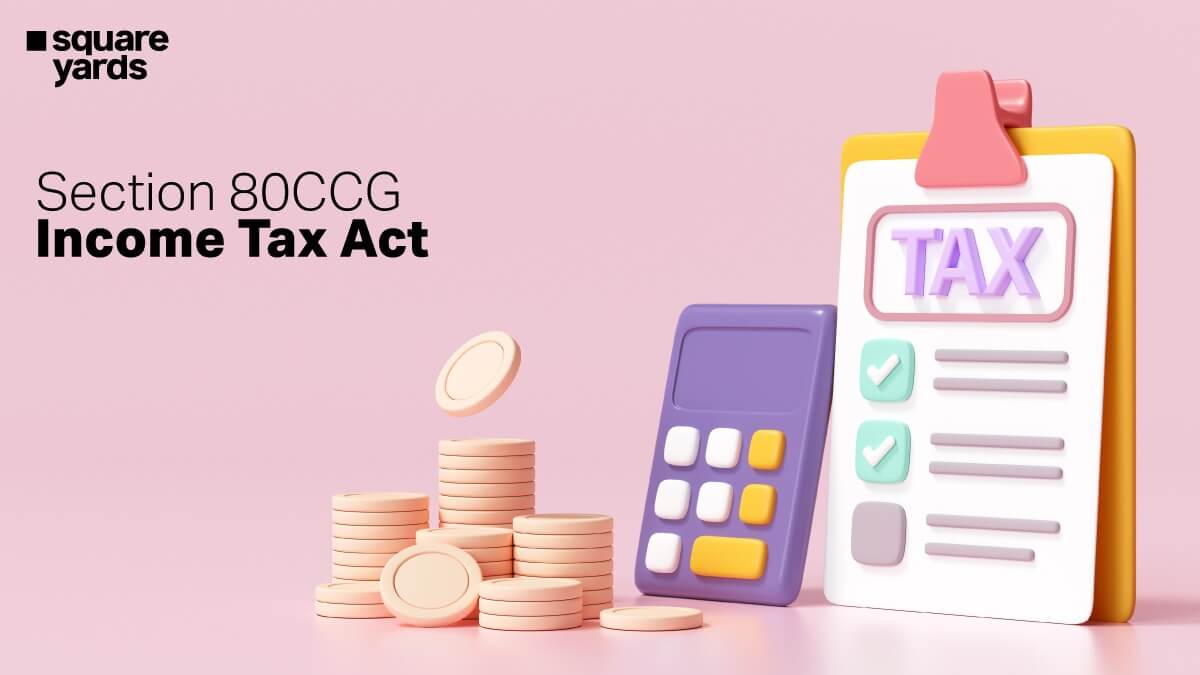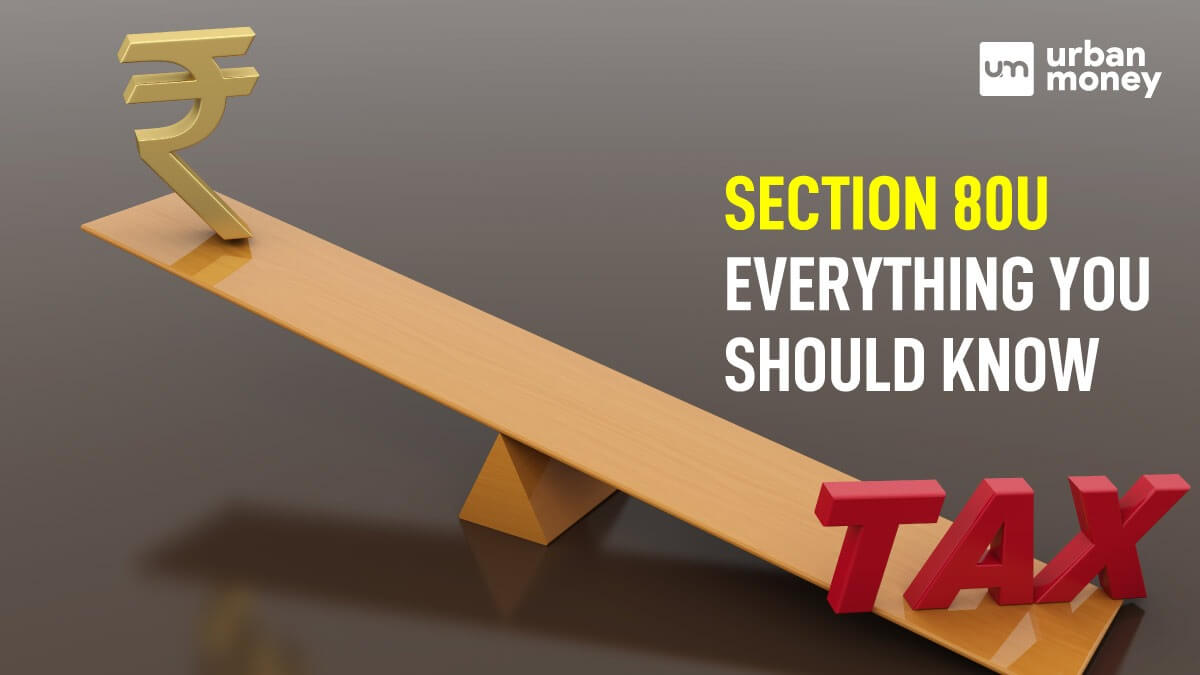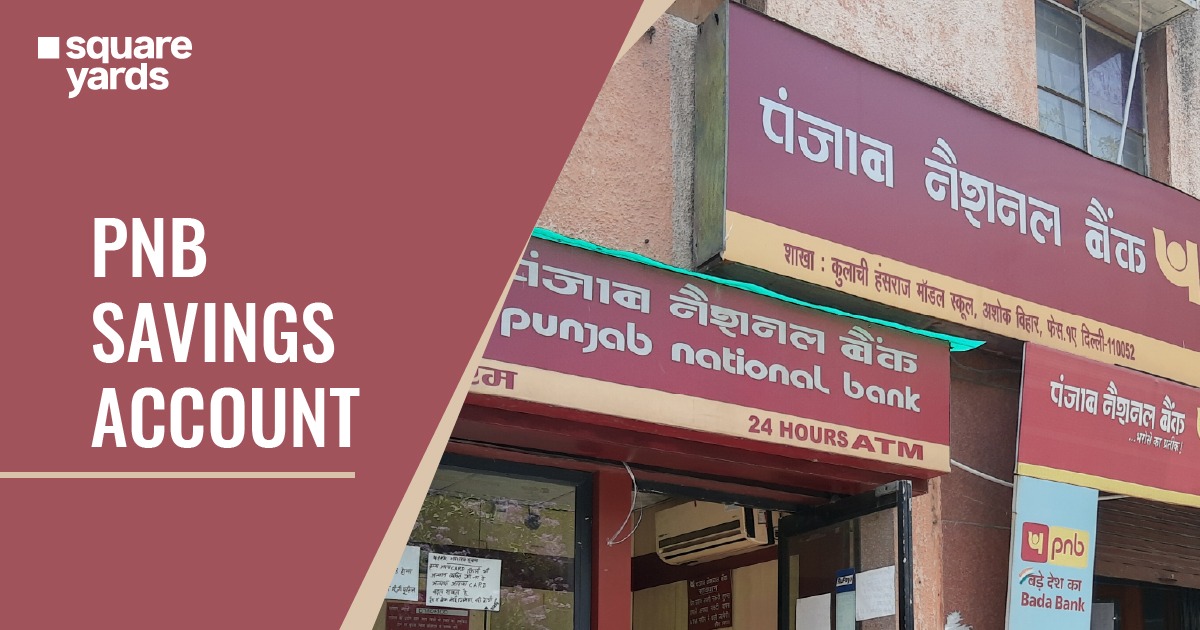All commercial banks and lending institutions are required to keep certain standards regarding cash reserve, liquidity, and interest rates. These standards are generally met with the help of commercial loans from the central bank. The central bank offers loans with and without collateral to enable such requirements. When banks borrow without collateral, they are essentially taking a loan at bank rates, and when there is collateral involved, they are borrowing with a repo rate. Furthermore, there are tools such as marginal standing facility and standing deposit facility, which allows banks to moderate their cash requirements with the central bank. All these facilities involve standard bank rates decided by the Reserve Bank of India. In this piece, read about the prevailing bank rates, bank repo rates, historical repo rates, and much more.
Table of contents
What is a Bank Rate?
Bank rates, termed key policy rates initially, primarily determined how the market would function in terms of interest rates. Currently, the central banks mostly mark repo rates as a market price standard and not the bank rate itself. This is primarily because bank rates are used for collateral-free lending. However, there are two major reasons why bank rates are still around. Firstly, bank rates can be used as discount rates, which translates to banks reaching out to the central bank for loans with a discounted rate and without any collateral involved. Mostly, banks consider taking loans to meet their minimum cash reserve requirements. For these, banks incorporate the use of commercial bills and treasury bills and cash them at discounted rates. Secondly, bank rates can also be charged as a penalty rate. This is important because when banks cannot meet their SLR or CRR, the central bank imposes penal charges applicable as per the prevailing bank rate.
How is a Bank Rate Determined?
In the current scenario, the repo rate, which can be said to be the present-day key policy rate, has become a medium for the central bank to manipulate inflation by increasing the repo rate. This eventually is taken as a communication by the banks to increase their interest rates. Consequently, consumers will have lower demand for loans which translates to lower demand for commodities. As a result, the inflation rate is controlled on a large scale. Thus, it can be said that the significance of bank rates has been overshadowed by the idea of a repo rate, as the prevailing bank interest rates are deduced from the repo rates only.
Bank Repo Rate History
The Bank Repo Rate is majorly decided by the Monetary Policy Committee (MPC) of the Reserve Bank of India. Repo rates provide a standard with which commercial banks adjust their lending rates. The bank repo rates have constantly fluctuated between 4% and 9%. The highest repo rate was set in July 2008. The increase in the bank repo rate was to curb the problem of inflation. This was the year when the world suffered a mass recession, after which prices rose. However, the lowest bank repo rate was set during the year 2020. Given below is a table representing the history of bank repo rates. The data given is shown from the year 2005 to the year 2022.
| Month and Year | Applied Repo Rate |
| October, 2005 | 6.25% |
| January, 2006 | 6.50% |
| July, 2006 | 7.00% |
| October, 2006 | 7.25% |
| January, 2007 | 7.50% |
| March, 2007 | 7.75% |
| June, 2008 | 8.00% |
| June, 2008 | 8.50% |
| July, 2008 | 9.00% |
| October, 2008 | 8.00% |
| November, 2008 | 7.50% |
| December, 2008 | 6.50% |
| January, 2009 | 5.50% |
| March, 2009 | 5.00% |
| April, 2009 | 4.75% |
| March, 2010 | 5.00% |
| April, 2010 | 5.25% |
| July, 2010 | 5.50% |
| July, 2010 | 5.75% |
| September, 2010 | 6.00% |
| November, 2010 | 6.25% |
| January, 2011 | 6.50% |
| March, 2011 | 6.75% |
| May, 2013 | 7.25% |
| September, 2013 | 7.50% |
| October, 2013 | 7.75% |
| January, 2014 | 8.00% |
| January, 2015 | 7.75% |
| March, 2015 | 7.50% |
| June, 2015 | 7.25% |
| September, 2015 | 6.75% |
| April, 2016 | 6.50% |
| October, 2016 | 6.25% |
| August, 2017 | 6.00% |
| February, 2018 | 6.00% |
| June, 2018 | 6.25% |
| August, 2018 | 6.50% |
| February, 2019 | 6.25% |
| April, 2019 | 6% |
| June, 2019 | 5.75% |
| August, 2019 | 5.40% |
| October, 2019 | 5.15% |
| March 2020 | 4.40% |
| May 2020 | 4.00% |
| May 2022 | 4.40% |
| June 2022 | 4.90% |
| August 2022 | 5.40% |
Don’t miss it
| Repo Rate | What is Current Repo Rate? |
| Reverse Repo Rate | What is Reverse Repo Rate? |
| Monetary Policy | What is Monetary Policy & Benefits |
| Repo Rate and EMI | Difference Between Repo Rate and EMI |
| Marginal Standing Facility | Marginal Standing Facility Rate in India |
What is the Current Bank Repo Rate?
Currently, as of September 2022, the bank repo has been prevailing at the rate of 5.90%. There has been a 0.50% increase in the bank rate. This, as a result, will transfer the trend to each bank in terms of their lending rate. The table below shows some of the prevailing rates for the Standing Deposit Facility Rate, Marginal Standing Facility Rate, Bank Rate, and Fixed Reversed Repo Rate.
| Standing Deposit Facility Rate | 5.65 % |
| Marginal Standing Facility Rate | 6.15 % |
| Bank Rate | 6.15 % |
| Fixed Reversed Repo Rate | 3.35 % |
| Policy Repo Rate | 5.90 % |
FAQ’s about Bank Rate
Q1. What is the difference between the bank rate and the repo rate?
Primarily, bank rates and repo are similar. However, the bank rate is usually the rate at which the central bank lends to the top commercial banks without the need for collateral. Whereas the repo rate involves collateral for the same.
Q2. Who decides the Bank Rate?
The central bank of the country determines the bank rates. In India, the Reserve Bank of India holds the power to decide the bank rate.
Q3. What is the new bank rate today?
The current prevailing bank rate set up by the Reserve Bank of India is 6.15%. Contrastingly, the policy repo rate is currently set at 5.90%.






















